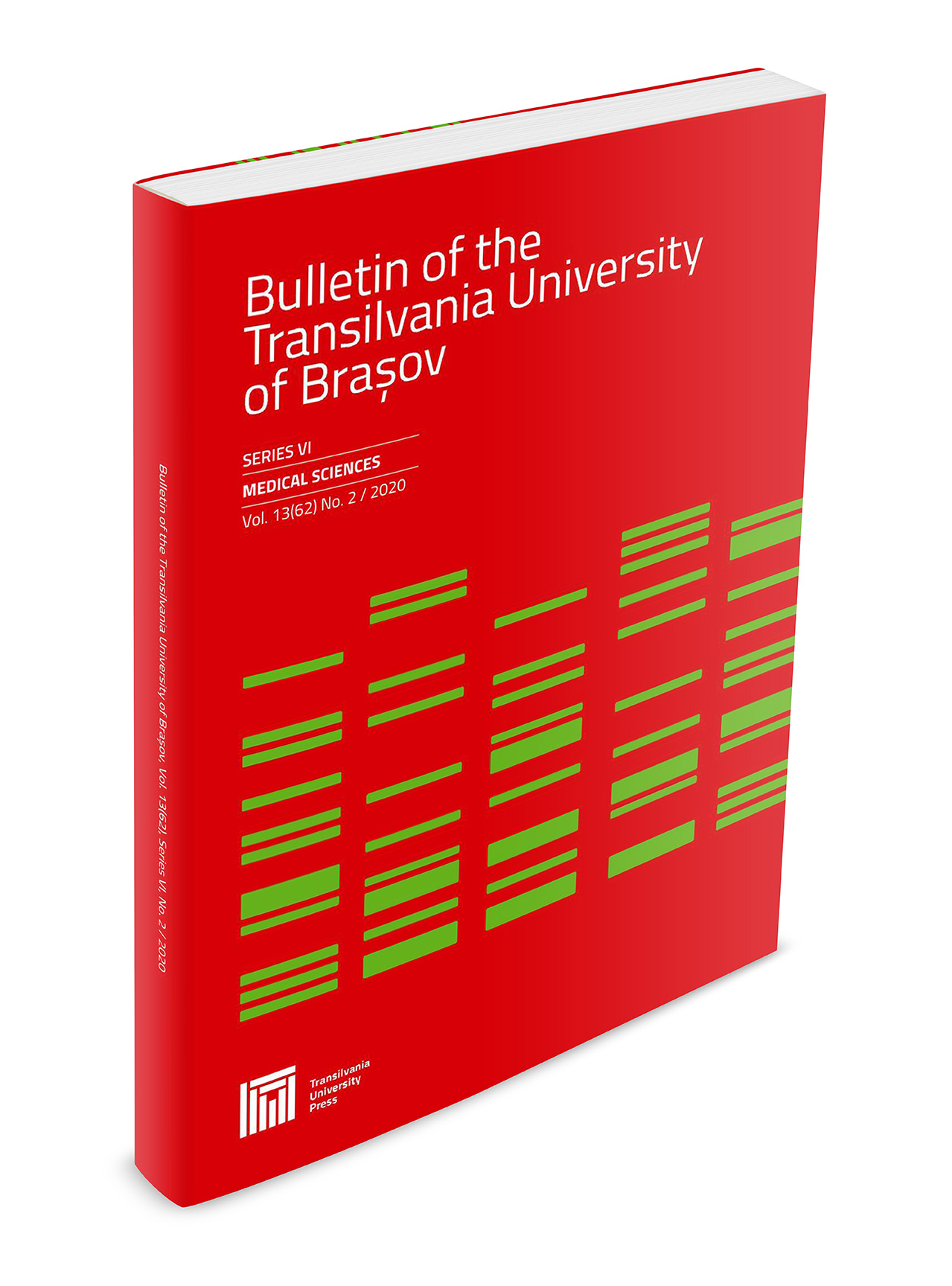Journal information
 |
Title: Bulletin of the Transilvania University of Brasov. Series VI: Medical Sciences Publishing House: Transilvania University Press 1 (up to the year 2010 inclusively) ISSN (Print): 2065-2216 ISSN (Online): 2971-9402 ISSN-L: 2065-2216 Status: Active |


